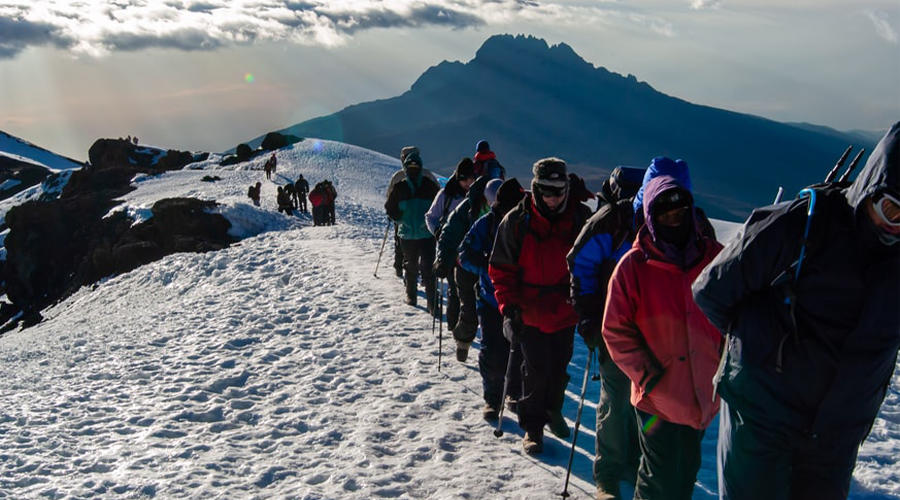Overview
The Lemosho Route is widely considered one of the most scenic and rewarding ways to climb Mount Kilimanjaro, Africa’s highest peak. An 8-day, 7-night itinerary is highly recommended as it provides an excellent acclimatization profile, leading to a very high summit success rate.
Route Type: The Lemosho Route is a western approach that traverses the Shira Plateau and then joins with the Machame Route for the final ascent via the Southern Circuit.
Duration: 8 days, 7 nights on the mountain.
Difficulty: While it is still a challenging trek, the longer duration and gradual ascent profile make it more manageable and safer for most climbers, including those with less high-altitude experience.
Scenery: The route is renowned for its diverse and stunning landscapes. You’ll pass through pristine rainforests, open moorlands, alpine deserts, and the dramatic, lunar-like landscape near the summit.

